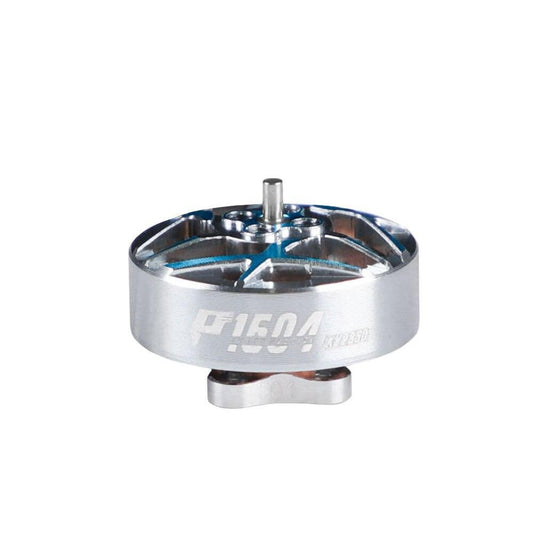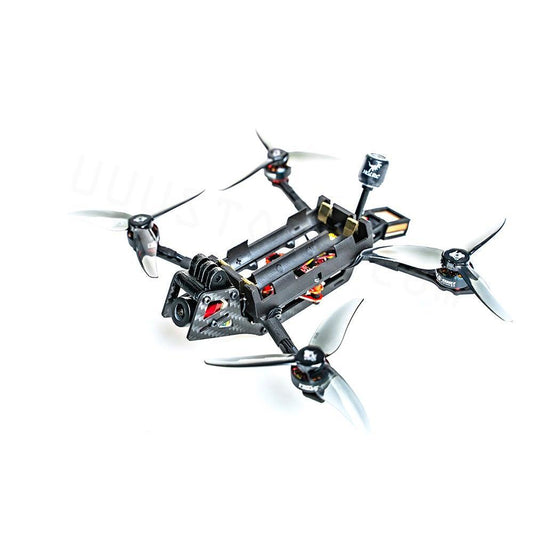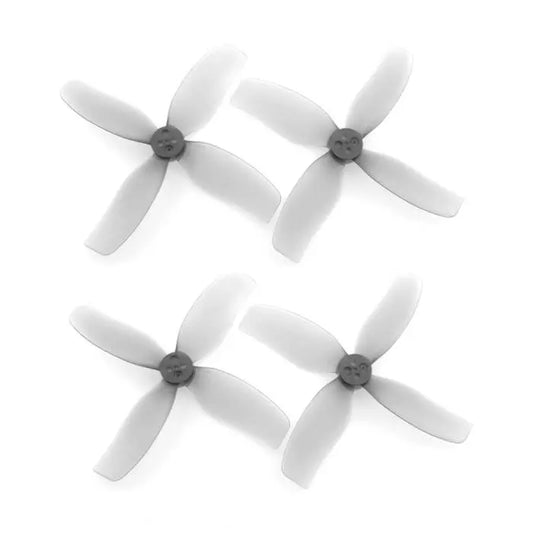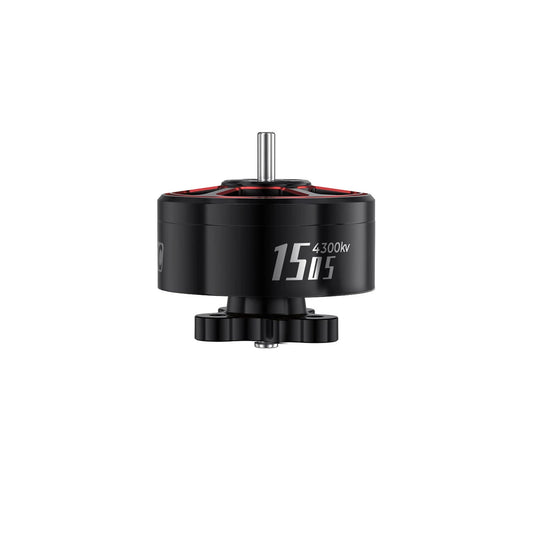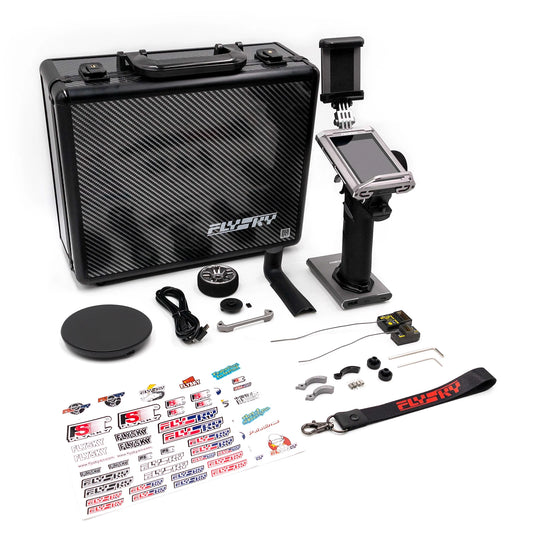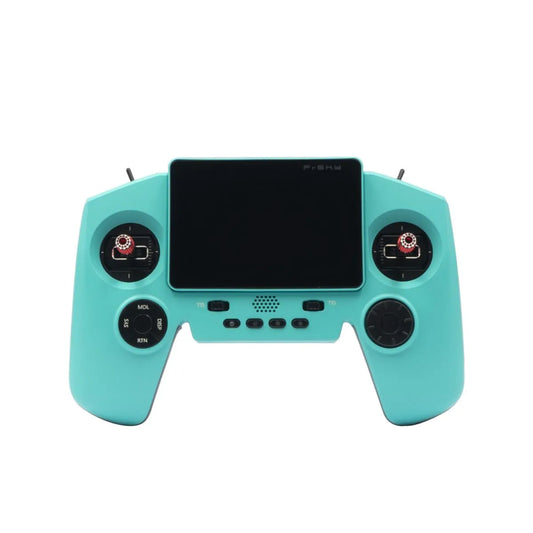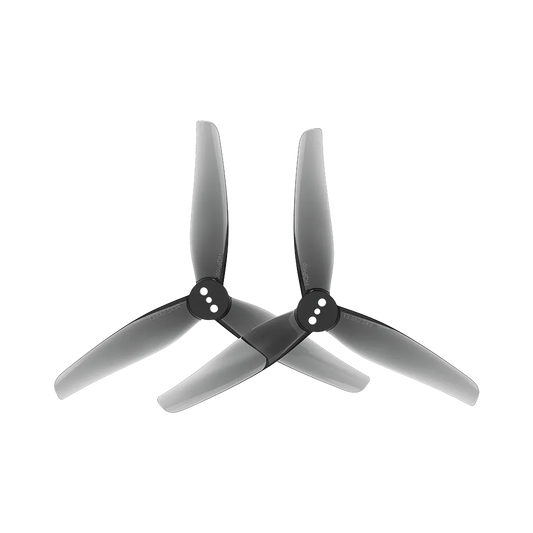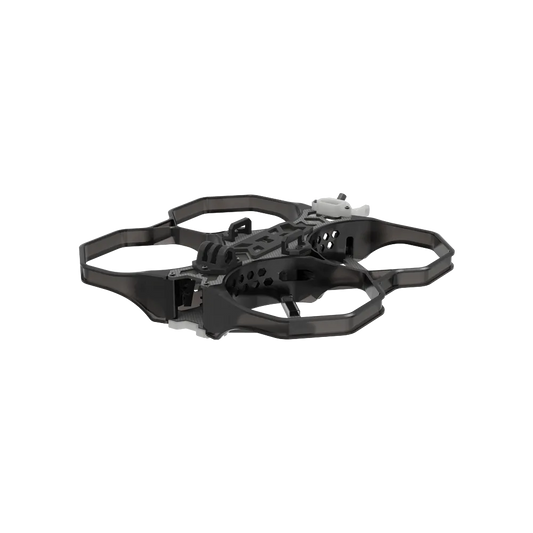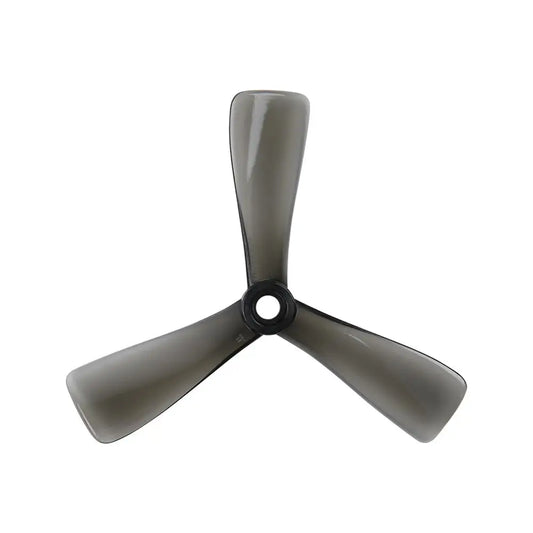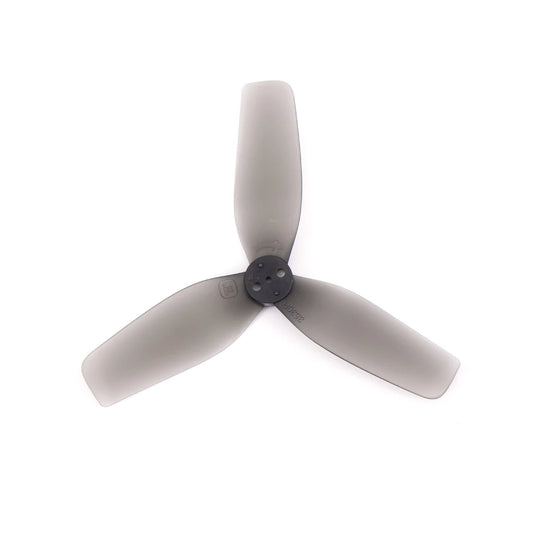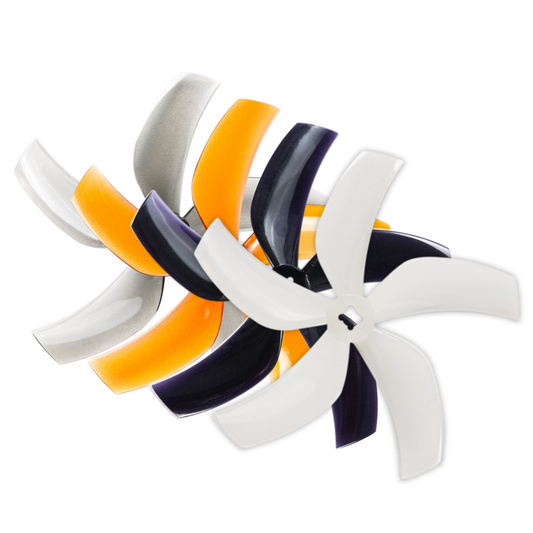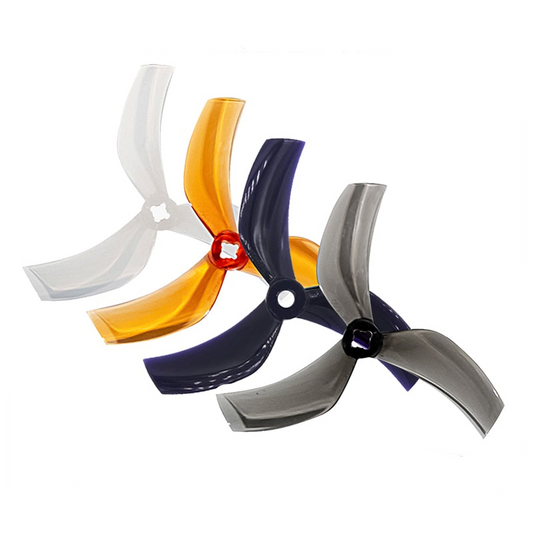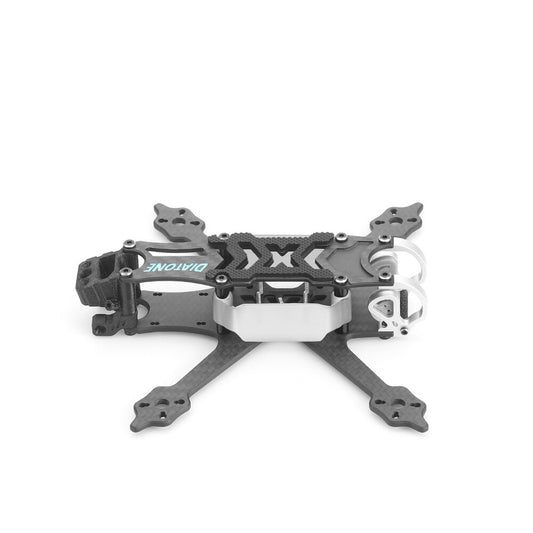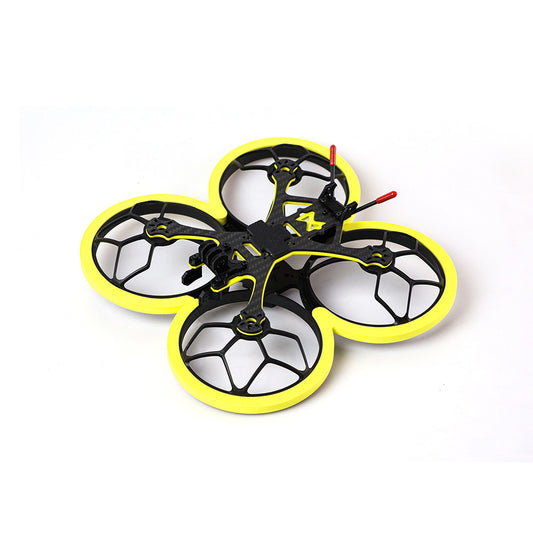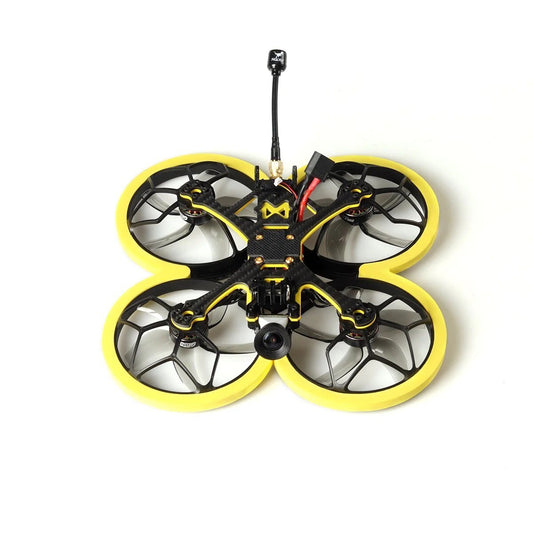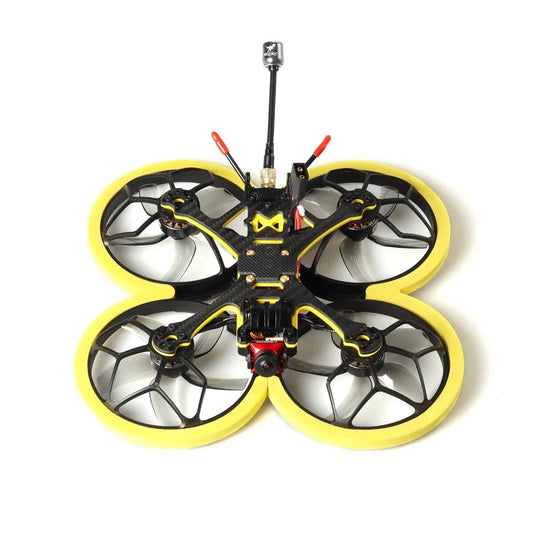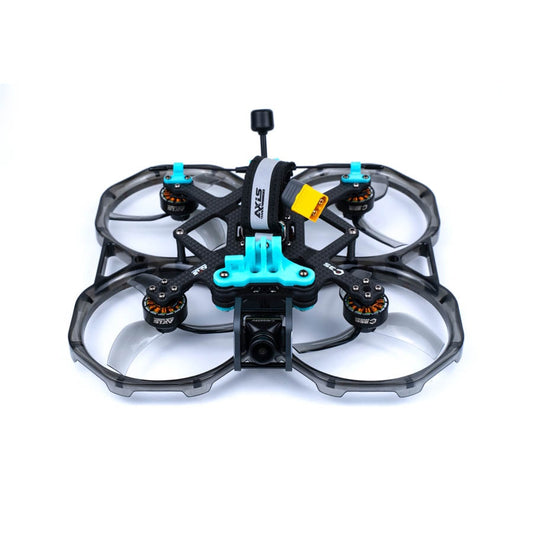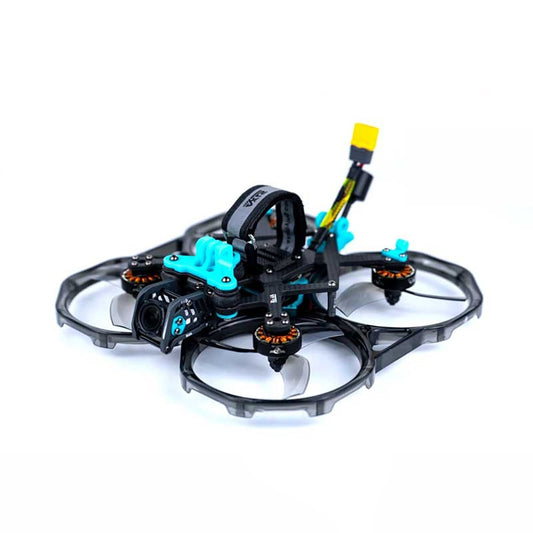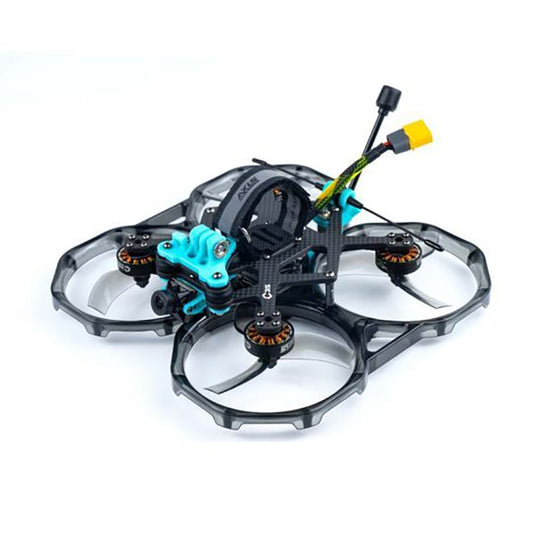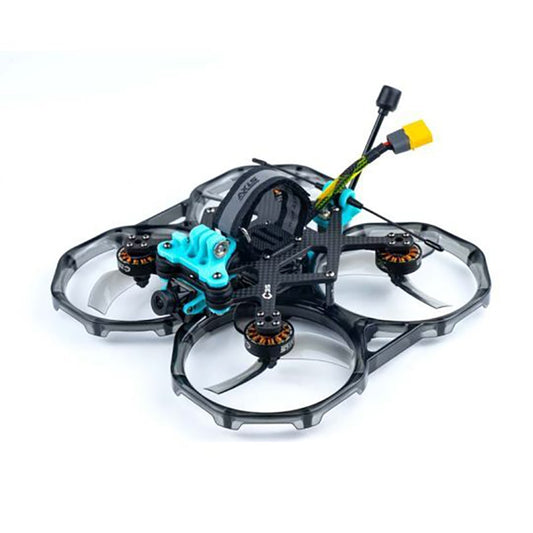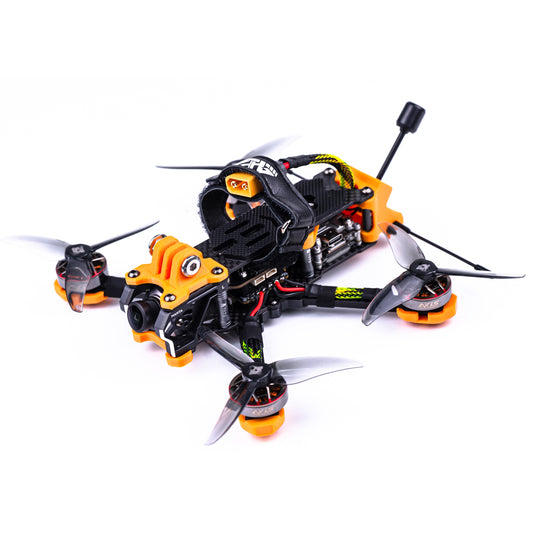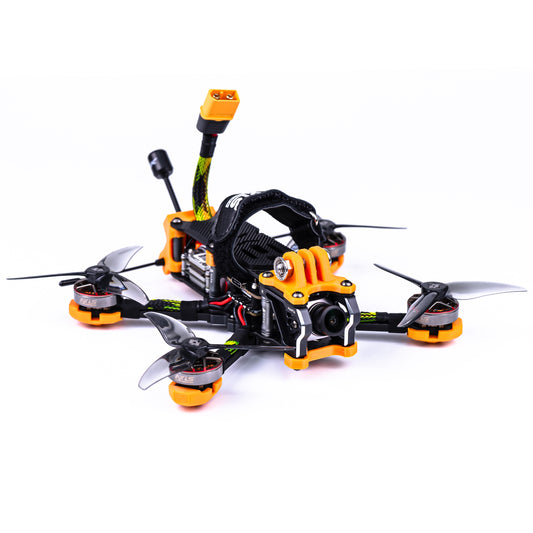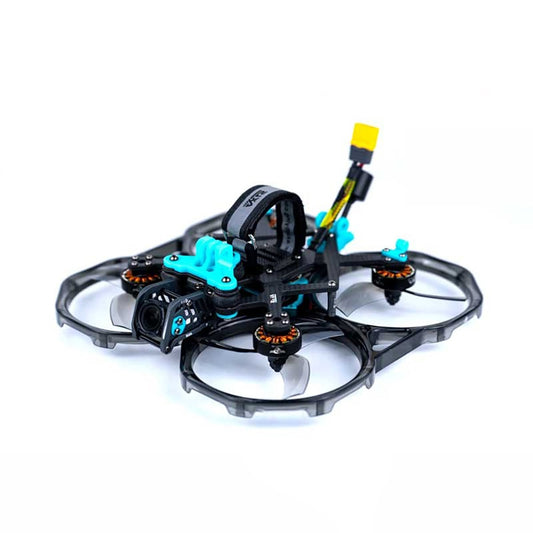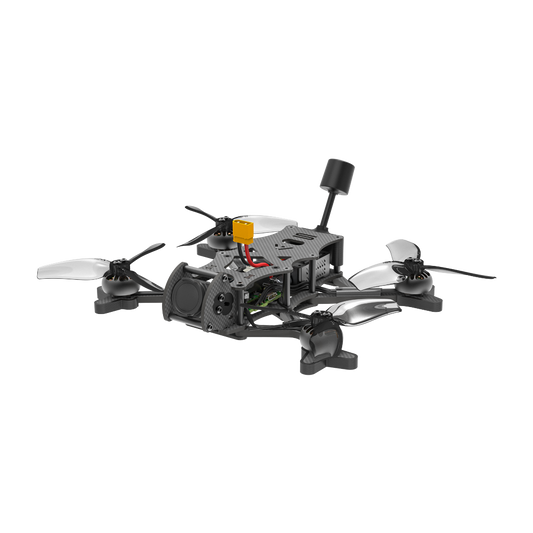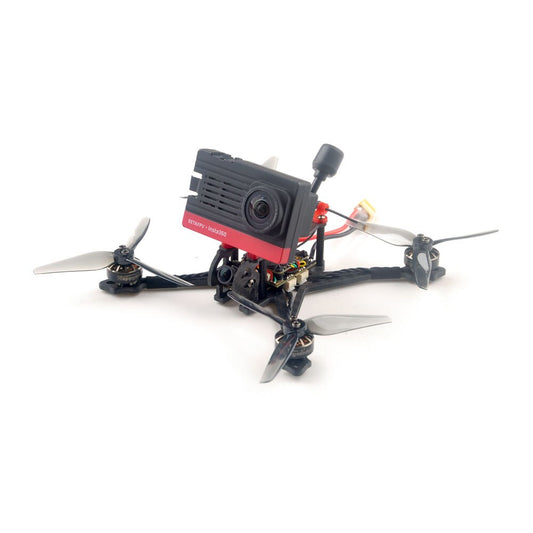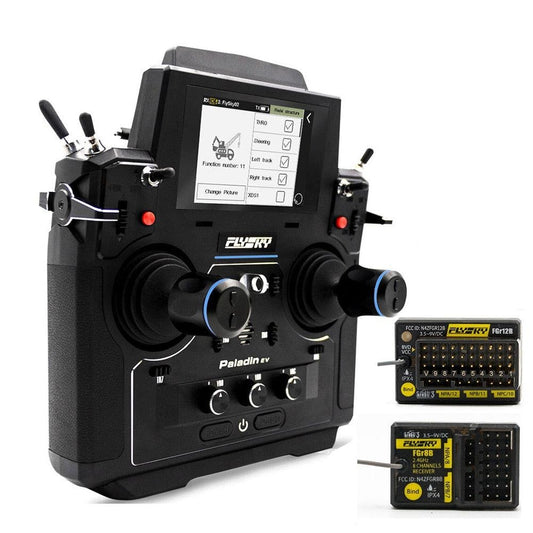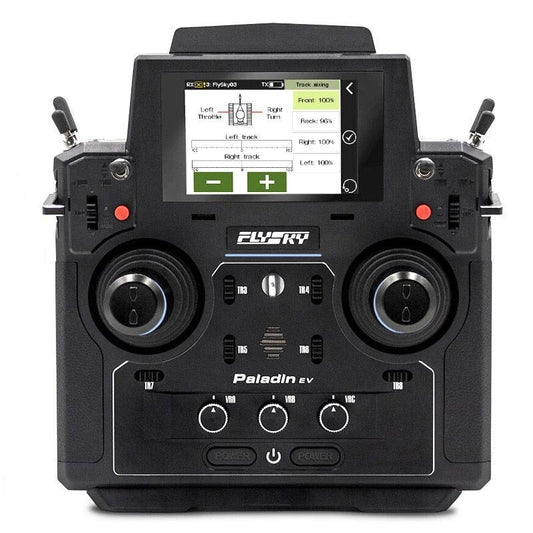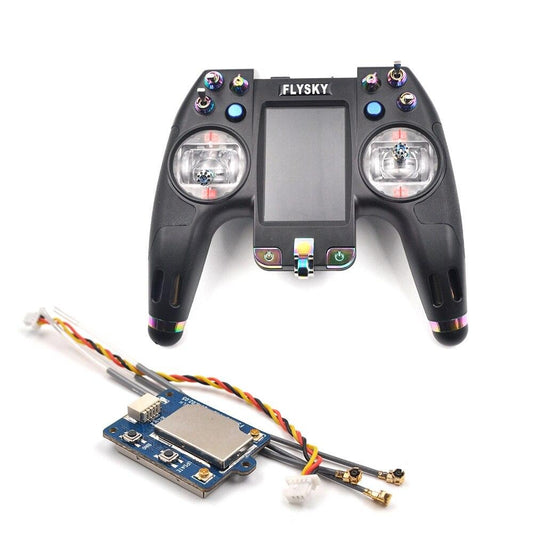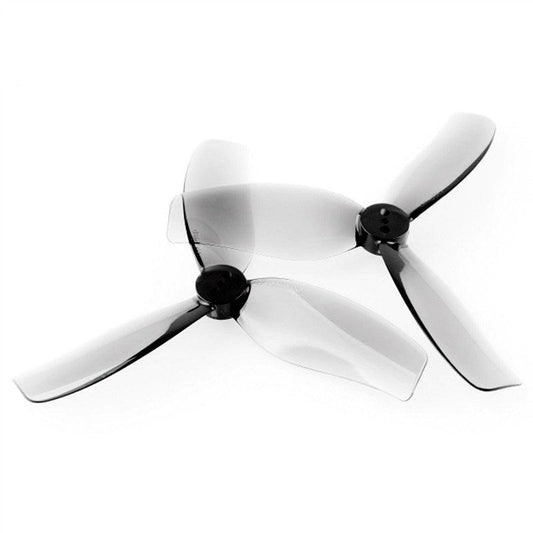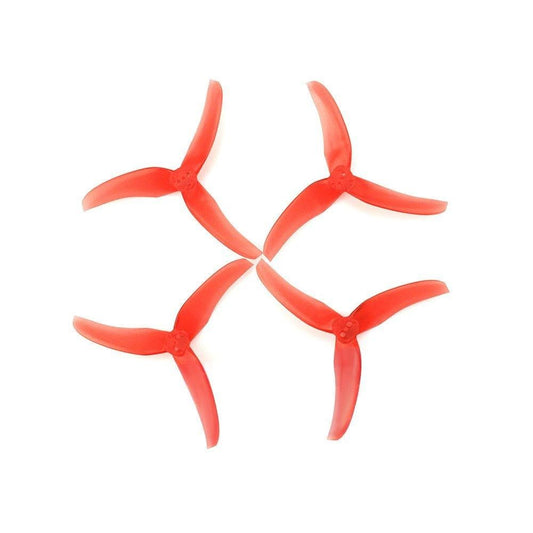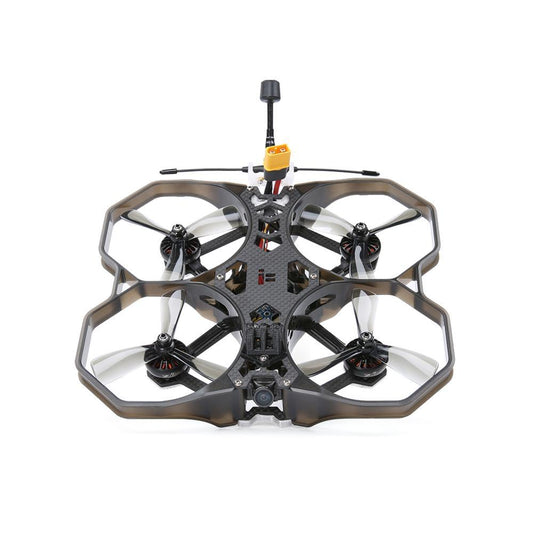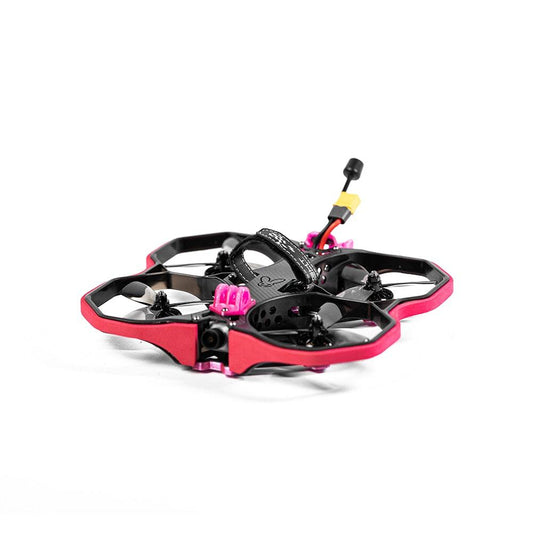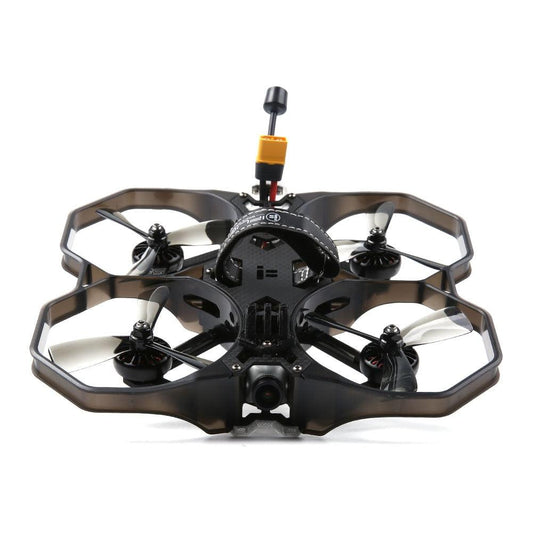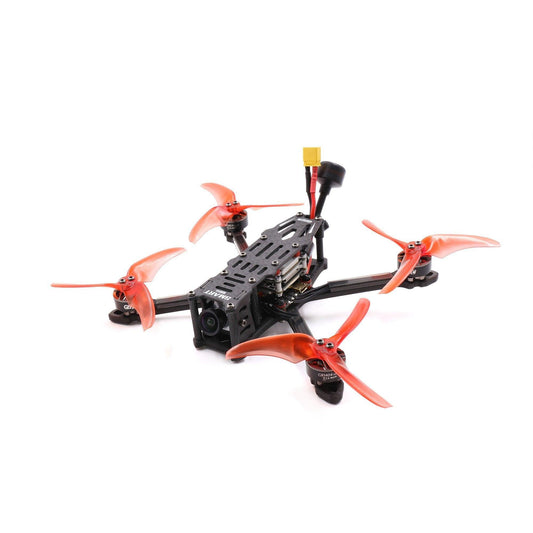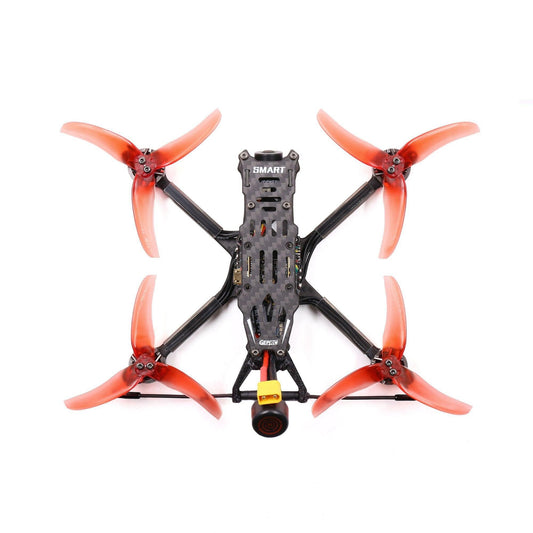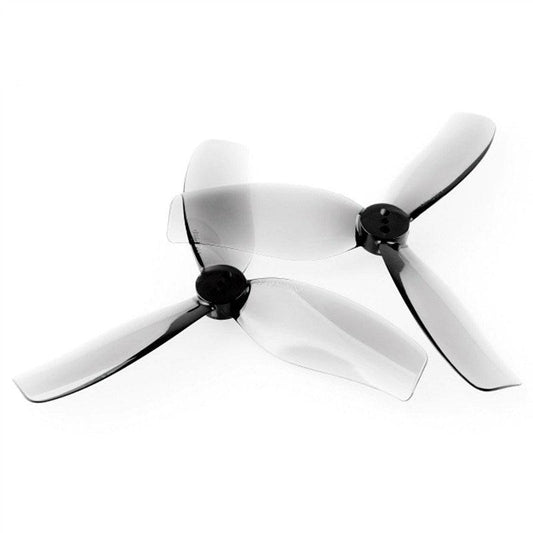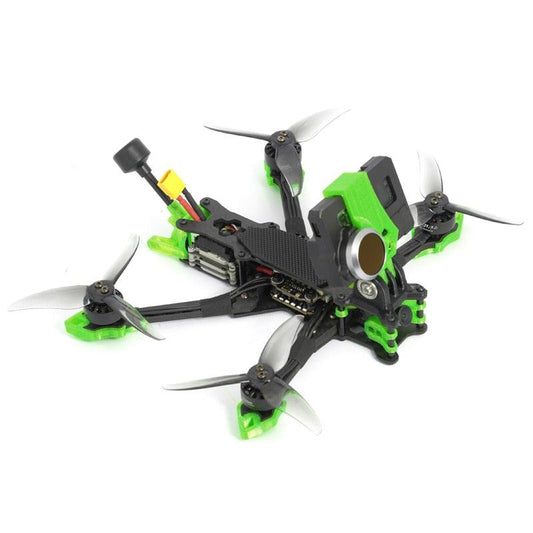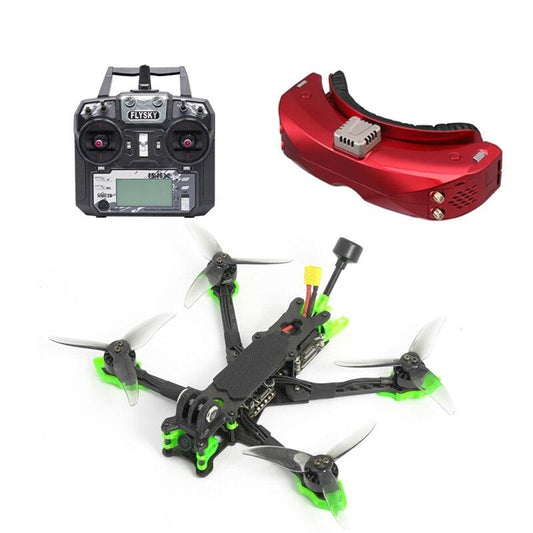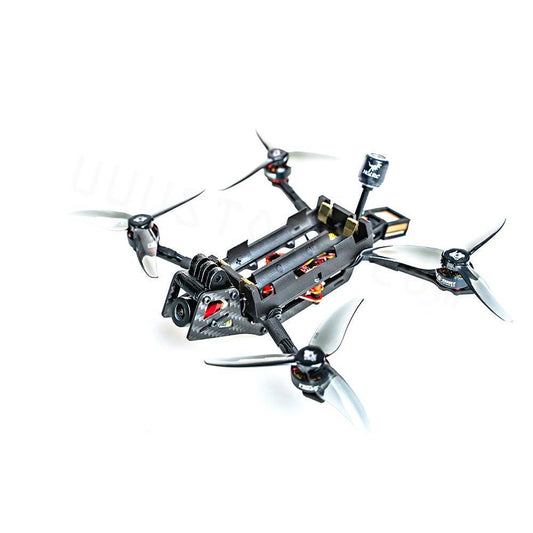3.5 Inch FPV Drones
5-Inch FPV refers to a category of quadcopter drones designed for First-Person View (FPV) flying, equipped with 5-inch propellers. These drones are popular in FPV racing and freestyle flying due to their balance between speed, agility, and durability.
Components: The components of a typical 5-Inch FPV drone include:
- Frame: Provides the structural framework for the drone.
- Flight Controller: The brain of the drone, responsible for flight control.
- ESCs (Electronic Speed Controllers): Regulate the motor speed.
- Motors: Provide propulsion for the drone.
- Propellers: 5-inch propellers generate lift and thrust for flight.
- Camera: Captures the real-time video for FPV.
- Video Transmitter: Transmits the FPV video signal to the pilot's goggles or monitor.
- Battery: Supplies power to the drone.
Parameters: When choosing a 5-Inch FPV drone, consider the following parameters:
- Frame Material: Carbon fiber frames offer durability and lightweight construction.
- Weight: Lighter drones tend to be more agile and responsive.
- Flight Controller: Look for a reliable and feature-rich flight controller suitable for your needs.
- Camera: Opt for a camera with good image quality and low latency for an immersive FPV experience.
- Video Transmitter Power: Higher power allows for longer transmission range and better video signal penetration.
Advantages:
- Speed and Agility: 5-Inch FPV drones are known for their high speed and agility, allowing for thrilling racing and acrobatic maneuvers.
- Durability: The larger frame size and 5-inch propellers provide increased durability, making them more resistant to crashes and collisions.
- Versatility: 5-Inch drones can be flown in various environments, including both outdoor and indoor spaces.
- Availability of Components: Since 5-Inch drones are widely used in the FPV community, there is a wide range of compatible components available, making it easier to find replacements or upgrades.
How to Choose: Consider the following factors when choosing a 5-Inch FPV drone:
- Skill Level: Assess your flying skills and choose a drone suitable for your experience level.
- Intended Use: Determine whether you plan to race, freestyle, or both, as different models may excel in specific areas.
- Flight Environment: Consider whether you will primarily fly indoors, outdoors, or both, as it can affect your choice of drone and components.
- Budget: Set a budget and look for drones within that range.
- Features: Consider additional features such as HD recording capability, customizable options, or built-in GPS.
How to Install: The installation process for a 5-Inch FPV drone may vary depending on the specific model and components. It is crucial to follow the instructions provided by the manufacturer. In general, the installation process involves the following steps:
- Attach the flight controller, ESCs, and motors to the frame.
- Connect the motors to the ESCs, and the ESCs to the flight controller.
- Mount the FPV camera onto the frame and connect it to the video transmitter.
- Install the propellers onto the motors, ensuring they are securely fastened.
- Connect the battery to the power distribution system and the flight controller.
Brand and Product Recommendations: Some popular brands known for their quality 5-Inch FPV drones include:
- iFlight
- T-Motor
- Holybro
- GEPRC
- Diatone
For specific product recommendations, it is best to refer to customer reviews, online communities, and specialized drone websites that provide up-to-date information on the latest and most reliable models.
Best Combination: The best combination of components for a 5-Inch FPV drone will depend on personal preferences, budget, and flying style. However, a typical recommended combination may include a carbon fiber frame, a reliable flight controller, high-quality motors, ESCs with sufficient power handling capability, a low-latency FPV camera, and a video transmitter with a suitable power output.
DIY Tutorial: There are many online resources available, including YouTube tutorials and FPV community forums, where you can find detailed step-by-step guides on building a 5-Inch FPV drone from scratch. These tutorials typically cover all aspects of the build process, including frame assembly, component installation, wiring, and configuration.
FAQ: Q: Can I fly a 5-Inch FPV drone indoors? A: While it is possible to fly a 5-Inch FPV drone indoors, they are more commonly used for outdoor flying due to their speed and larger size. Indoor flying requires ample space and caution.
Q: How fast can a 5-Inch FPV drone fly? A: Depending on the setup, 5-Inch FPV drones can reach speeds of 60 mph (96 km/h) or higher.
Q: What is the flight time of a 5-Inch FPV drone? A: Flight time can vary based on factors such as battery capacity, flying style, and payload. Generally, flight times range from 3 to 8 minutes.
Q: Are 5-Inch FPV drones suitable for beginners? A: 5-Inch FPV drones are typically better suited for intermediate to advanced pilots due to their speed and agility. Beginners may find it more challenging to control compared to smaller drones.
Q: Can I upgrade the components on a 5-Inch FPV drone? A: Yes, most 5-Inch drones offer modularity and compatibility with various components, allowing for upgrades and customization.
Comparison with Other Sizes of FPV Drones:
- 5-Inch FPV drones offer a balance between speed, agility, and durability. They are more suitable for outdoor flying and racing due to their larger size and higher performance.
- Smaller sizes like 2.5-Inch and 3-Inch FPV drones are more maneuverable and suitable for indoor and tight-space flying. They offer increased agility but may sacrifice some speed and durability compared to 5-Inch drones.
- Larger sizes like 7-Inch and 10-Inch FPV drones are designed for long-range and cinematic flying. They offer increased stability and payload capacity but are less maneuverable and slower compared to smaller sizes.
It's essential to consider your flying preferences, skill level, and intended use when choosing between different sizes of FPV drones.
